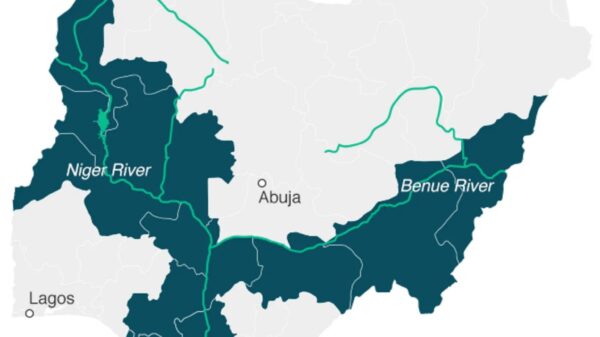NAIROBI, Kenya, Oct 28 – The Kenya Wildlife Service (KWS) has implored the government to urgently consider land usage proposals intended to protect the migratory routes of animals.
Senior Warden at the Nairobi National Park Michael Wanjau, is concerned that with the rapid encroachment of land in areas surrounding the park, animals will soon have no route to pass through when migrating to other reserves in the country.
“It is a natural process for the animals. But now there are a lot of people buying land on the routes they have been using. In about five years we might have a serious problem and so we want the government to help us fix this issue,” said Mr Wanjau.
The KWS proposals to preserve these migratory corridors are contained in a recent study on land use in Kenya.
The suggestions include cutting out the areas used by the animals and prohibiting the use of the land by members of the public, or any other kind of investor.
“Right now there is a lot of fencing going on. This is fuelling human wildlife conflict and over the years, we have lost a very large number of animals to these conflicts,” Mr Wanjau told journalists.
The warden said for instance that there is an area known as Athi Kapiti where Wildebeest mate and reproduce. During birth, they spread a disease which kills cattles and this enrages local pastoralists who retaliate by killing the animals.
He however assured that there were programmes they had set up to try and resolve this issue on a temporary basis.
“We currently have a land lease program where KWS asks private land owners to lease their land out to us, so that the routes are not affected. This way, the land owners cannot sell and sub-divide the land. It can only be used for grazing,” said Mr Wanjau.
KWS donates Sh1 million for that program every year and say that the World Bank has now joined the project, with a contribution of $300,000.
“The issue is much better now but there are still other problems presented. For instance, the animals move during the wet season and the predators, like lions follow them out. They end up eating the livestock which are relatively easier to catch than perhaps wildebeest.”
He said that in 2004, 18 lions were killed and this reduced the population then to less than ten.
“But now we have a consolation scheme, where the Maasais are compensated for the loss of their livestock. At least now, the number of lions have gone back up to about 35,” Mr Wanjau observed.
He however said that a permanent solution was needed so that in the years to come, these crucial routes were not invaded.
“After all, it is private land.”










































